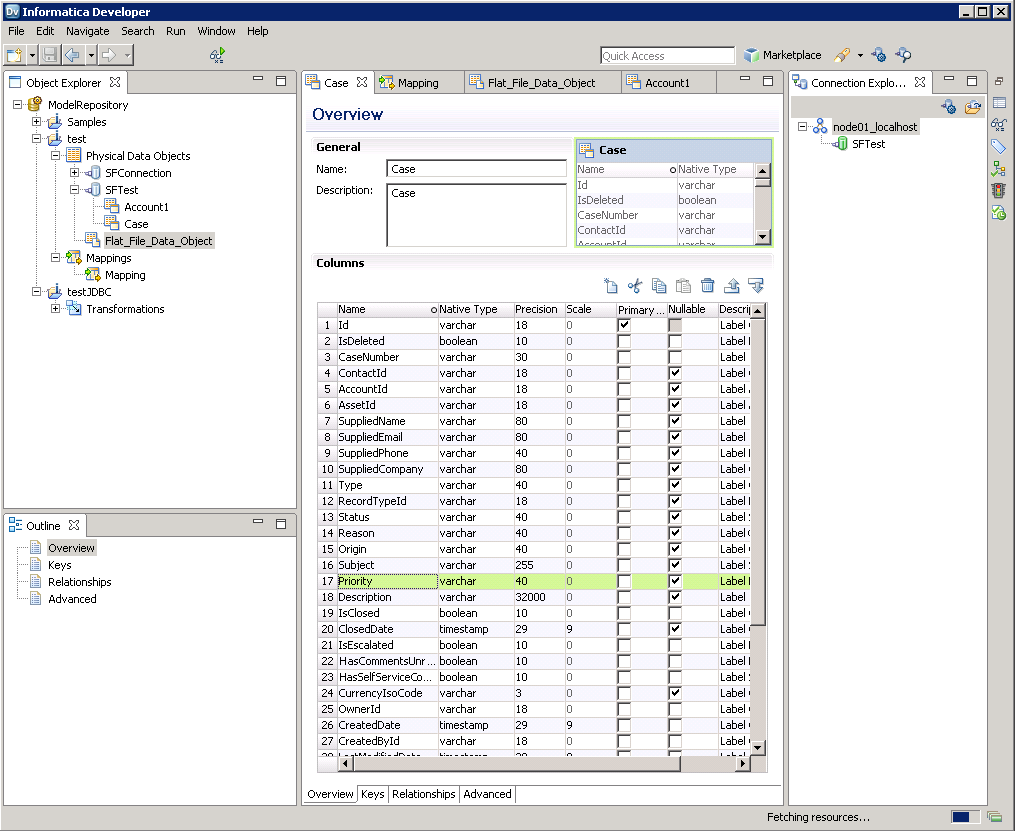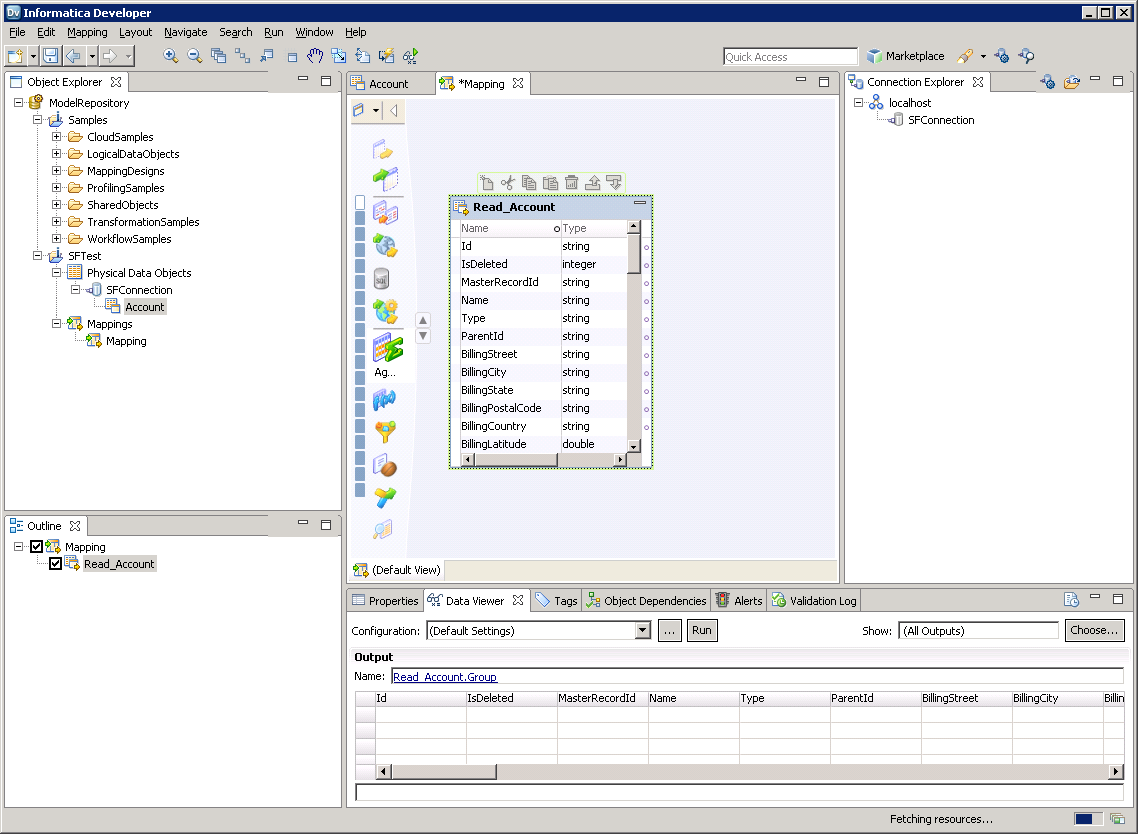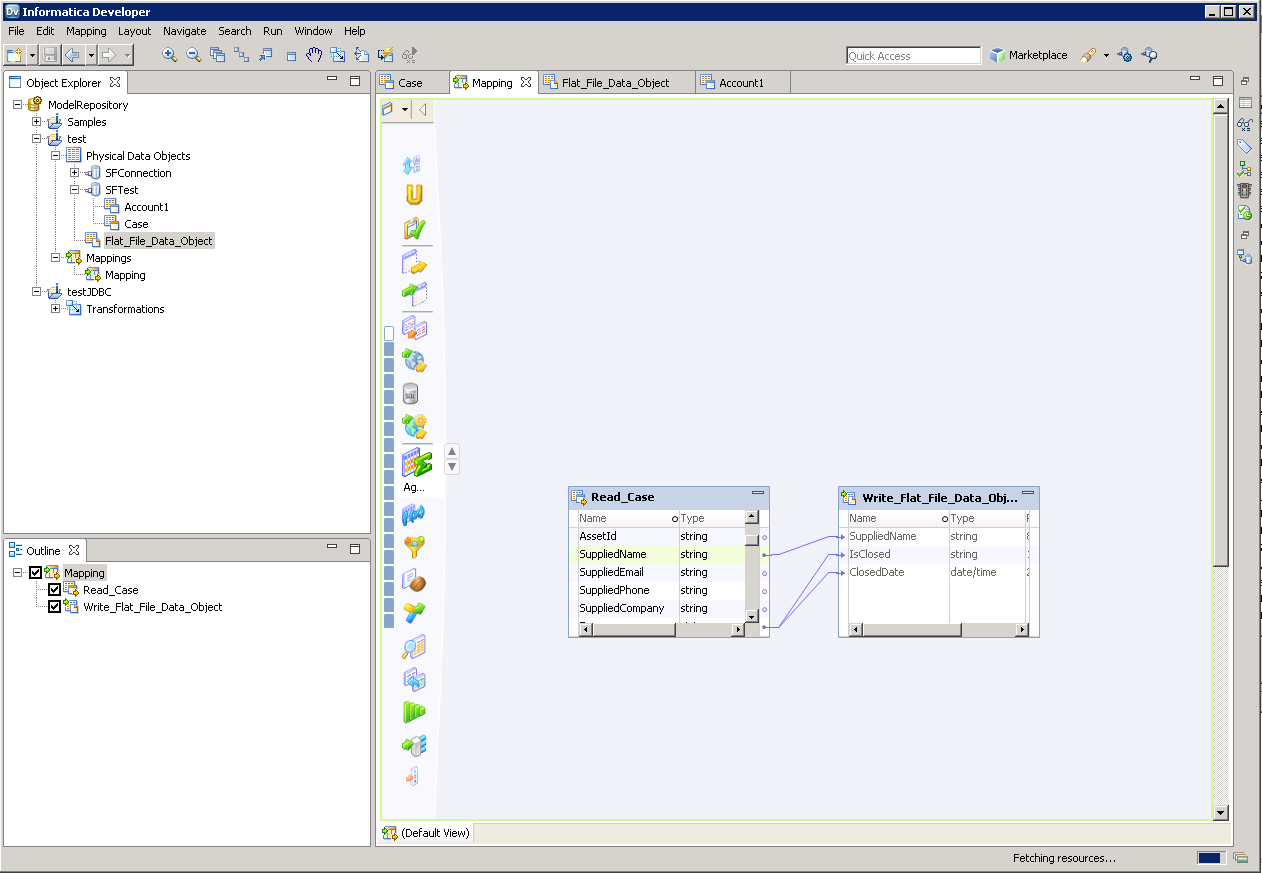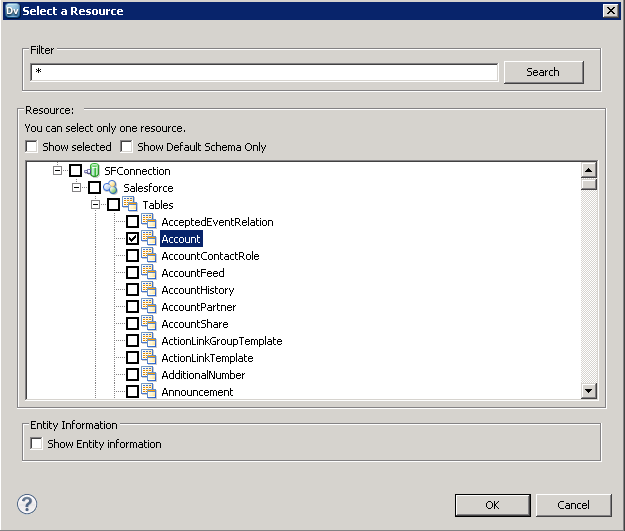Discover how a bimodal integration strategy can address the major data management challenges facing your organization today.
Get the Report →Create Informatica Mappings From/To an ODBC Data Source for Bullhorn CRM
Create an ODBC connection to Bullhorn CRM in Informatica and browse and transfer Bullhorn CRM data.
Informatica provides a powerful, elegant means of transporting and transforming your data. By utilizing the CData ODBC Driver for Bullhorn CRM, you are gaining access to a driver based on industry-proven standards that integrates seamlessly with Informatica's powerful data transportation and manipulation features. This tutorial shows how to transfer and browse Bullhorn CRM data in Informatica PowerCenter.
Connect to Bullhorn CRM as an ODBC Data Source
Information for connecting to Bullhorn CRM follows, along with different instructions for configuring a DSN in Windows and Linux environments.
Begin by providing your Bullhorn CRM account credentials in the following:
- DataCenterCode: Set this to the data center code which responds to your data center. Refer to the list of data-center-specific Bullhorn API URLs: https://bullhorn.github.io/Data-Center-URLs/
If you are uncertain about your data center code, codes like CLS2, CLS21, etc. are cluster IDs that are contained in a user's browser URL (address bar) once they are logged in.
Example: https://cls21.bullhornstaffing.com/BullhornSTAFFING/MainFrame.jsp?#no-ba... indicates that the logged in user is on CLS21.
Authenticating with OAuth
Bullhorn CRM uses the OAuth 2.0 authentication standard. To authenticate using OAuth, create and configure a custom OAuth app. See the Help documentation for more information.
Windows
If you have not already, first specify connection properties in an ODBC DSN (data source name). This is the last step of the driver installation. You can use the Microsoft ODBC Data Source Administrator to create and configure ODBC DSNs.
Linux
If you are installing the CData ODBC Driver for Bullhorn CRM in a Linux environment, the driver installation predefines a system DSN. You can modify the DSN by editing the system data sources file (/etc/odbc.ini) and defining the required connection properties.
/etc/odbc.ini
[CData BullhornCRM Source]
Driver = CData ODBC Driver for Bullhorn CRM
Description = My Description
DataCenterCode = CLS33
OAuthClientId = myoauthclientid
OAuthClientSecret = myoauthclientsecret
For specific information on using these configuration files, please refer to the help documentation (installed and found online).
Create a Linked Table to Candidate Data
Follow the steps below to create a linked table, which enables you to access live Candidate data.
Create the ODBC Connection
Follow the steps below to connect to Bullhorn CRM in Informatica PowerCenter:
- In the Informatica Developer tool connect to your repository and create a project.
- In the Connection Explorer pane, right-click and click Create a Connection.
- In the New Database Connection wizard that is displayed, enter a name and Id for the connection and in the Type menu select ODBC.
- In the Connection String property, enter the DSN.
NOTE: If you are working in a Linux operating system, set the Driver Manager for Linux property to unixODBC 2.3.x.
Create the Bullhorn CRM Data Object
After you have created an ODBC connection to Bullhorn CRM, you can now access Bullhorn CRM entities in Informatica. Follow the steps below to add Candidate entities to your project.
- In the Object Explorer, right-click your project and then click New -> Data Object.
- In the wizard that is displayed, select the Relational Data Object option.
- Click the Browse button next to the Connection box and select the ODBC connection you created in the previous step.
- Select the option to create a data object from an existing resource and click the Browse button next to the Resource box.
- In the dialog that is displayed, clear the Show Default Schema Only option and expand the node for the ODBC connection. Select the entity that you want.
![The driver models Bullhorn CRM entities as relational tables. (Salesforce is shown.)]()
You can now browse the table in the Data Viewer: Right-click the node for the table and then click Open. On the Data Viewer view, click Run.

Create the Mapping
Follow the steps below to add the Bullhorn CRM source to a mapping:
- In the Object Explorer, right-click your project and then click New -> Mapping.
- Expand the node for the Bullhorn CRM connection and then drag the data object for the table onto the editor.
- In the dialog that appears, select the Read option.

Follow the steps below to map Bullhorn CRM columns to a flat file:
- In the Object Explorer, right-click your project and then click New -> Data Object.
- Select Flat File Data Object -> Create as Empty -> Fixed Width.
- In the properties for the Bullhorn CRM object, select the rows you want, right-click, and then click copy. Paste the rows into the flat file properties.
- Drag the flat file data object onto the mapping. In the dialog that appears, select the Write option.
- Click and drag to connect columns.
To transfer Bullhorn CRM data, right-click in the workspace and then click Run Mapping.








